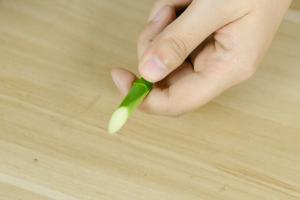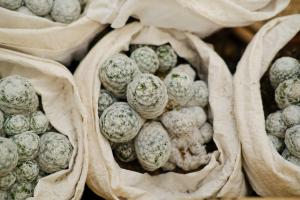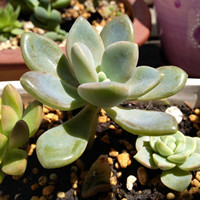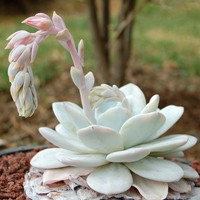Introduction
Tomato plants are a favorite of many gardeners, but one of the biggest threats they face is blight. Blight is a fungal disease that can quickly spread throughout a tomato plant and cause a significant decrease in yield. In this article, we will explore the different methods of controlling blight on tomato plants and how to implement these methods for a healthy harvest.
Cultural Methods of Control
The first line of defense against blight is cultural control methods. These include good plant hygiene practices, such as removing infected plants or leaves and keeping the garden area clean. Crop rotation is also essential, which means not planting tomatoes in the same area for two or three years in a row. Additionally, managing watering practices can help control blight. Tomatoes should be watered at the base, and foliage should be kept dry. Finally, pruning can improve air circulation and prevent the disease from taking hold.
Chemical Methods of Control
If cultural control is not effective, chemical methods can be used. There are several fungicides available, but they must be used with caution. Always follow the instructions carefully and protect your skin, eyes, and lungs when applying these chemicals. Copper-based fungicides like Bordeaux mixture or copper sulfate are a popular choice for organic gardeners, as they are relatively safe and effective against blight. In general, it is best to apply fungicides prophylactically, before the disease appears, rather than waiting until after the fact.
Biological Control
Biological control is gaining popularity as a safer alternative to chemical methods. Beneficial microorganisms, such as Bacillus subtilis, can be introduced into the soil to help combat the blight-causing pathogens. Beneficial insects, such as ladybugs and lacewings, can be released to control the insects that spread the disease. One of the most popular biological control methods is the application of compost tea, which contains a diverse population of beneficial microorganisms that can suppress the harmful pathogens.
Prevention
The best way to control blight is to prevent it from happening in the first place. This means choosing blight-resistant tomato varieties, maintaining good plant hygiene, and implementing cultural control methods. Additionally, using sterile potting mix and clean tools can help prevent the introduction of the disease. Finally, be sure to monitor the weather closely, as warm, humid conditions favor the development of blight.
Conclusion
Blight can be devastating to tomato plants, but there are many methods of control available. Cultural control methods are the first line of defense, followed by chemical and biological control. Prevention is the key to success, so choose resistant varieties and maintain good plant hygiene. With these methods in place, you can enjoy a healthy harvest of flavorful tomatoes.

 how many times do yo...
how many times do yo... how many planted tre...
how many planted tre... how many pine trees ...
how many pine trees ... how many pecan trees...
how many pecan trees... how many plants comp...
how many plants comp... how many plants can ...
how many plants can ... how many plants and ...
how many plants and ... how many pepper plan...
how many pepper plan...
































